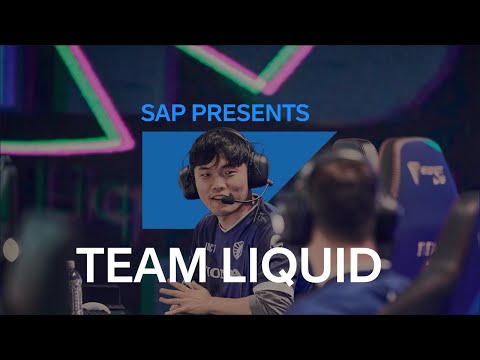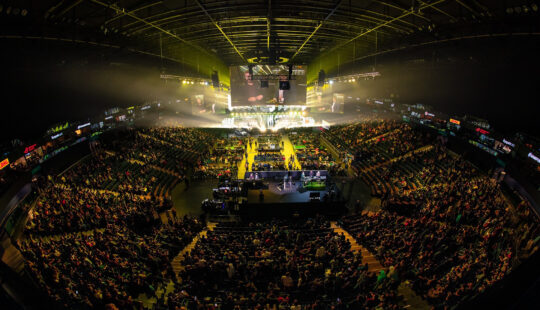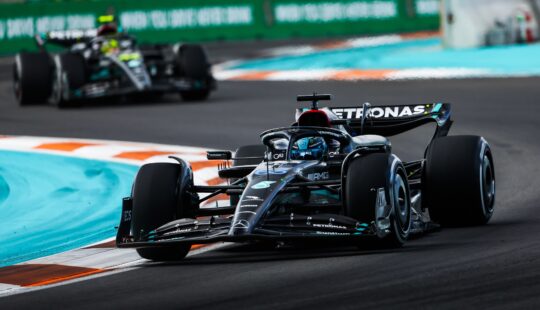Picking the Right Champions to Win the Game
Gaming is something that keeps inspiring me. I’m amazed by the speed, accuracy, and level of concentration of professional players. It’s impressive how this industry has evolved and grown over just a couple of decades.
Team Liquid commands an imposing presence in the esports world, boasting over 160 professional players across more than 15 different games and a staggering fan base of over 10 million followers on various social media platforms. With more than 75 premier events won, Team Liquid is one of the most successful organizations in competitive gaming.
The game with the highest viewership and extensive fandom is League of Legends. Team Liquid successfully competes with their League of Legends team, which recently won the League of Legends Championship Series (LCS) 2024 Spring tournament.
In League of Legends, the goal is to create a strong and balanced team consisting of five characters, called “champions,” in order to outplay and outsmart the opponents during the game by being one step ahead of competition.
Teams participate in a pre-game draft process to select champions before a match. This involves banning and picking champions from a pool of 166 choices to create a strong team.
Champions are the in-game figures controlled by each player. Each champion has particular skills and areas in which they excel. Putting the champions together allows the team to play in various strategic directions to win the match.
After choosing five champions (“pick”), each team is also allowed to remove five champions from the pool (“ban”). Those players cannot be picked by either side. This can be utilized to remove specific parts that would otherwise counter a strategy or hinder the other team from playing their favorite style and/or composition.
Esports teams and their analysts need to prepare for the draft process, as it requires knowledge of the opponent’s favorite picks and strategies. Imagine a five-a-side dodgeball match, but before the match begins, the five players from each team draw their champions from a pool of 166 individual champions.
With bi-weekly updates to the game (“patches”), especially affecting the champions as well as indirectly teams practicing and developing new strategies, competitive League of Legends is an ever-changing game. It creates the need to constantly adapt your draft to a new environment, to analyze both your own and the opposing team’s behavior.
Furthermore, the nature of the draft process and the varying strategies of opponents make accurate predictions difficult. Esports teams have only a week to prepare for the game and gather knowledge about the other team’s favorite champion picks, strengths, and weaknesses.
Previously, Team Liquid coaches prepared draft scenarios based on manual analysis of the opponent team’s draft behaviors and champion preferences. However, the challenge was that manual analysis is done before the draft, with the best potential pick or ban changes based on the decisions of the other team. Additionally, the sheer number of potential matches to choose from and the different strategies employed by opponent teams make manual draft prediction very difficult.
SAP Helps Change the Game
What if Team Liquid could analyze in seconds the best choice for upcoming drafts, including picks and bans, while considering more than 6,000 professional esports matches from the past year? What if the analysis would also consider the impact of game patches from the publishers by taking an additional 1.6 million amateur matches into account to assess changes in the power attributes and strengths of the champions? With SAP, this is now a reality.
By using SAP AI Core to train a generative AI model that takes data from past matches and puts them into context of the upcoming game, Team Liquid gets suggestions of the best draft picks and bans to maximize the chances to win.
The solution is built on SAP Business Technology Platform (SAP BTP), and the data is stored in SAP HANA Cloud to cope with the 1.6 terabyte game data from past games. The result is an intelligent draft bot training, an application that runs on SAP BTP, visualizes the predictions, and provides Team Liquid with the current winning probability after each pick and ban.
Manual Analysis Is a Thing of the Past
With the AI draft bot, Team Liquid can train for draft situations against any professional team they face in a matter of seconds. This is achieved by incorporating multiple influencing factors based on an unprecedented number of matches. The coaches and players benefit from the opportunity to conduct what-if analyses and derive valuable knowledge from the data to simulate new strategies. This is also reflected in the time saved compared to the previous manual analysis: Team Liquid saves approximately 10,000 hours per year per year with the solutions from SAP.
Relying on SAP BTP and SAP HANA Cloud, SAP Business AI provides Team Liquid with the opportunity to further improve their game by leveraging data to make more informed decisions. Here is where fun and business meet.
This is how the power of business AI is made tangible in a perfect way — not just for gamers.
Philipp Herzig is chief artificial intelligence officer of SAP.




